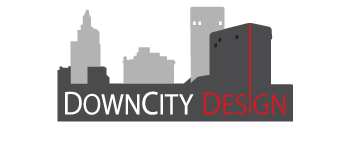This activity introduces students to iteration, which means making many versions of an object or idea in order to make it work really well. Paper airplanes are a great vehicle for teaching this process because they are simple to make, can be designed and redesigned in many different ways, and can be immediately tested and evaluated.
Invite everyone to make a paper airplane, using whatever technique they like best. Mark your runway, ideally 20+ feet long; hallways and cafeterias make great runways.
Release your planes—either all together or one at a time. Record how many seconds each plane is aloft, and measure how far they fly. Post the results on a big to make it exciting, or record the stats in your notebooks.
Choose one quality of your plane to develop further. Let everyone decide what quality they want to pursue—longer hang-time, greater distance, better spiral, etc. The category is not important; what is essential is that you are working toward a specific goal with each new model you create.
Make a new airplane after each throw, improving your design to help reach your goal. Make sure to record stats for each throw you make, including what changes you’ve made to your new model and why you’ve made those particular changes.
Reflect on your insights from the process, then use what you’ve learned about iteration to help improve the solution(s) your group has generated for your main design problem.


